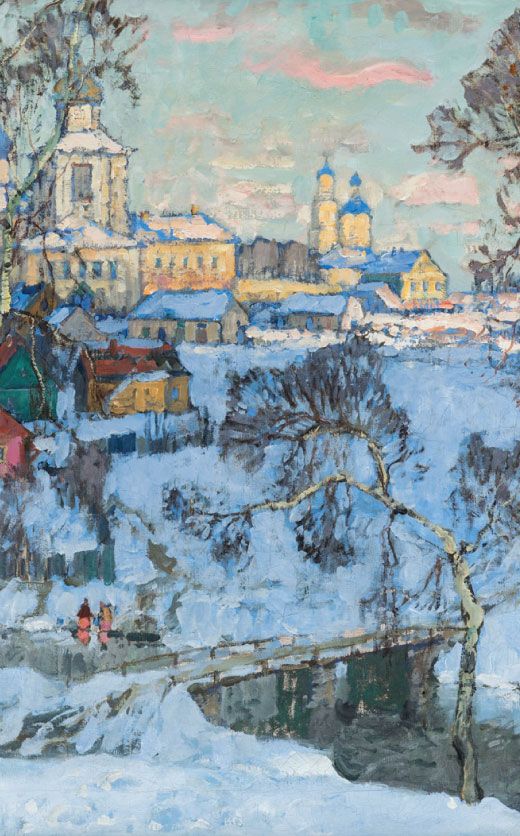Japan Indigenous Ainu Ritual Sword Mounts & Woven Strap
Lot 40f
About Seller
Artemis Fine Arts
686 S Taylor Ave, Ste 106
Louisville, CO 80027
United States
Selling antiquities, ancient and ethnographic art online since 1993, Artemis Gallery specializes in Classical Antiquities (Egyptian, Greek, Roman, Near Eastern), Asian, Pre-Columbian, African / Tribal / Oceanographic art. Our extensive inventory includes pottery, stone, metal, wood, glass and textil...Read more
Categories
Estimate:
$1,000 - $1,800
Absentee vs Live bid
Two ways to bid:
- Leave a max absentee bid and the platform will bid on your behalf up to your maximum bid during the live auction.
- Bid live during the auction and your bids will be submitted real-time to the auctioneer.
Bid Increments
| Price | Bid Increment |
|---|---|
| $0 | $25 |
| $300 | $50 |
| $1,000 | $100 |
| $2,000 | $250 |
| $5,000 | $500 |
| $10,000 | $1,000 |
| $20,000 | $2,500 |
| $50,000 | $5,000 |
| $100,000 | $10,000 |
| $200,000 | $20,000 |
About Auction
By Artemis Fine Arts
Aug 22, 2025
Set Reminder
2025-08-22 10:00:00
2025-08-22 10:00:00
America/New_York
Bidsquare
Bidsquare : Indigenous Art - Ralph T. Coe Center, Santa Fe, NM
https://www.bidsquare.com/auctions/artemis-gallery/indigenous-art---ralph-t-coe-center-santa-fe-nm-20324
Featuring works of art from the Ralph T. Coe Center for the Arts in Santa Fe, New Mexico, a non-profit focused on promoting Indigenous Arts globally. All proceeds from the sale of these items will support future grants to Rehoming Program participants. Artemis Fine Arts info@artemisfinearts.com
Featuring works of art from the Ralph T. Coe Center for the Arts in Santa Fe, New Mexico, a non-profit focused on promoting Indigenous Arts globally. All proceeds from the sale of these items will support future grants to Rehoming Program participants. Artemis Fine Arts info@artemisfinearts.com
- Lot Description
East Asia, Japan, Ainu culture, ca. 19th to early 20th century CE. All the fittings for a ritual sword - minus the blade - are present and secured to a lacquered wooden scabbard. The sheath features two applied wooden carvings and is accompanied by a wide woven strap in ochre and indigo, designed to be worn over the shoulder in the Ainu style. The wooden handle is tightly bound in sinew cord and embellished with decorative metal panels, including rosettes and an ovoid plate etched with birds; the metalwork includes both brass and silver components. The brass tsuba (guard) is engraved with a scene of two wrestlers. A slender wooden insert has been added to stabilize the handle and tsuba in place. By the 19th century, the Ainu did not manufacture steel and instead acquired swords through trade, where they were used not as weapons but as ritual objects. These swords were often elaborately adorned and symbolically meaningful, reflecting prestige rather than martial function. Size: 30.5" L x 2.5" W (77.5 cm x 6.4 cm); silver quality: 81% to 95%
Provenance: Ralph T. Coe Center for the Arts, Santa Fe, New Mexico, USA; ex-Ralph T. Coe personal collection; purchased from Joseph Gerena, New York in December 2000.
All items legal to buy/sell under U.S. Statute covering cultural patrimony Code 2600, CHAPTER 14, and are guaranteed to be as described or your money back.
A Certificate of Authenticity will accompany all winning bids.
We ship worldwide and handle all shipping in-house for your convenience.
#196400Missing the blade and handle and tsuba are loosely held in place by a modern wood panel. Losses and tears to metal ornaments on the handle. Chips and abrasions throughout to the wood sheath, with stable cracks. Woven strap is intact and good condition with some discoloration as expected with age and use.Condition
- Shipping Info
-
All shipping is handled in-house for your convenience. Your invoice from Artemis Fine Arts will include shipping calculation instructions. If in doubt, please ask before bidding for estimated shipping costs for individual items.
-
- Buyer's Premium



 EUR
EUR CAD
CAD AUD
AUD GBP
GBP MXN
MXN HKD
HKD CNY
CNY MYR
MYR SEK
SEK SGD
SGD CHF
CHF THB
THB















